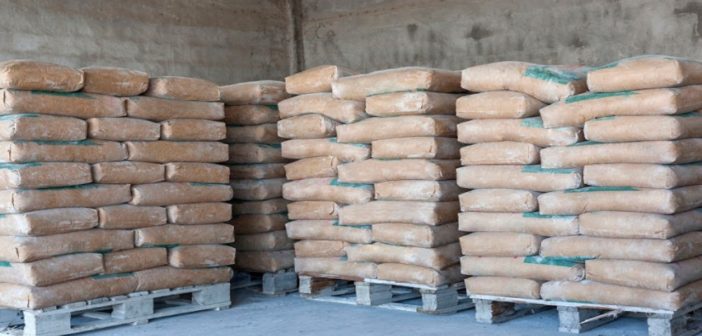
A visit to PPC’s Dwaalboom cement plant in Limpopo highlighted the downturn in construction and the application to government by cement manufacturers for hefty import tariff protection of some 45 percent.
Requests for industrial protection are usually made only in weak markets, and when imported product prices have rendered the locally produced product uncompetitive.
In a way, US President Donald Trump, by starting a tariff war with China, has made import protection fashionable again.
Once one country starts implementing higher import tariffs outside the World Trade Organisation, as the US has done, other countries invariably are forced to respond with their measures.
The result is that international trade slows, and then global economic growth slows, as is currently taking place.
The former apartheid government had high import protection in place for much of the local industry, because sanctions meant it needed to ensure that the local industry was self-sufficient.
It is useful to draw on the experience of the apartheid government of these measures.
The first is that consumer prices for the product being protected rise in line with the extent of import protection, which means that effectively, consumers subsidise the industry, on behalf of the government, to remain in business.
Other products up and downstream of the product being protected, also eventually have to have import protection, and eventually, inflation rises.
The second is that the product loses its competitive advantage, as it no longer has to fight for market share – competitors with perhaps newer and better technology are kept out of the local market.
The third effect is that it keeps businesses alive through government support, that would otherwise be unsustainable.
In South Africa there are many rural areas, such as Atlantis in the Western Cape and Qwaqwa in Free State, where there are old, empty factories.
These were areas once designated by the apartheid government as decentralised industrial spaces, and industrialists were provided with special incentives to move their operations there. When the incentives crumbled, so did these businesses.
On a bigger scale, consider the de-industrialisation and grinding poverty in the Soviet Union in the 20th century, when it barred nearly all imports as part of its Communist doctrine.
The freer global trade markets in recent years have clearly shown that some regions produce goods better, and at lower cost, than other markets, for various reasons. For instance, the climate and geography of Brazil means it can grow sugar crops that are far bigger than elsewhere.
Cement is produced in 158 out of 195 countries.
In South Africa, the industry, comprising some 17 plants – has a long established, but dissipating history of profitability and growth, catering mainly for the local market.
The dearth of construction work from the government and lack of investment by the private sector, has meant that only two thirds of the industry capacity is in use. In Dwaalboom, one of two kilns is mothballed.
With so many countries producing cement, South Africa could easily rely on imports.
In the same vain, making cement is not rocket science. Considering that South Africa will need vast quantities of it, the jobs that the industry supports, the big role its plants have in the development of many rural areas, and the high cost of doing business relative to many other countries such as to meet black economic empowerment, quality, social and environmental regulations, there may be a case to level the playing fields on the pricing front.
Have local producers done enough to export more? Have they sweated the numbers on the benefits of consolidation?
Government local procurement regulations – government projects provide the bulk of demand for local cement – should already give local producers a leg up, and there are tentative signs that infrastructure spending is finally beginning to flow.
The International Trade Administration Commission’s pending decision on import tariffs for cement is a tough one.
PPC’s share price was trading 3.66percent lower at R3.40 on Friday, after slipping steadily from more than R8 a share in April last year. On November 8, it warned that headline earnings per share for the six months to September were expected to drop 65 to 85 percent, due mainly to issues in Zimbabwe and lower sales volumes.
Sephaku Holdings on Thursday said that it had slipped into a R7.7 million net loss in the six months to September 30, from a R26.5m profit in the corresponding period.
Its share price has drifted from more than R3 in 2017 to an untraded R1.25 on Friday.
Afrimat, a supplier of industrial minerals, has exposure to the industry through its supply of clinker. Its share price, which has risen steadily since the middle of last year, was trading 0.46percent higher at R22.55.
Road construction, materials handling and infrastructure group Raubex, which last week reported a 64.1percent rise in headline earnings per share off a low base, also reported “green shoots” of construction tender activity. Its share price was up 1.59percent to R21.13 on Friday.
Wilson Bayly Holmes-Ovcon is one of the last of the listed construction groups taking on new large construction contracts in South Africa outside of roads. Its share price was up 1.96percent to R143.77 on Friday, after having risen from around R99 in August.http://constructionnews.co.za/industrial-protection-for-the-cement-industry/

